Home>Garden Essentials>How Much Alfalfa Seed Per Acre
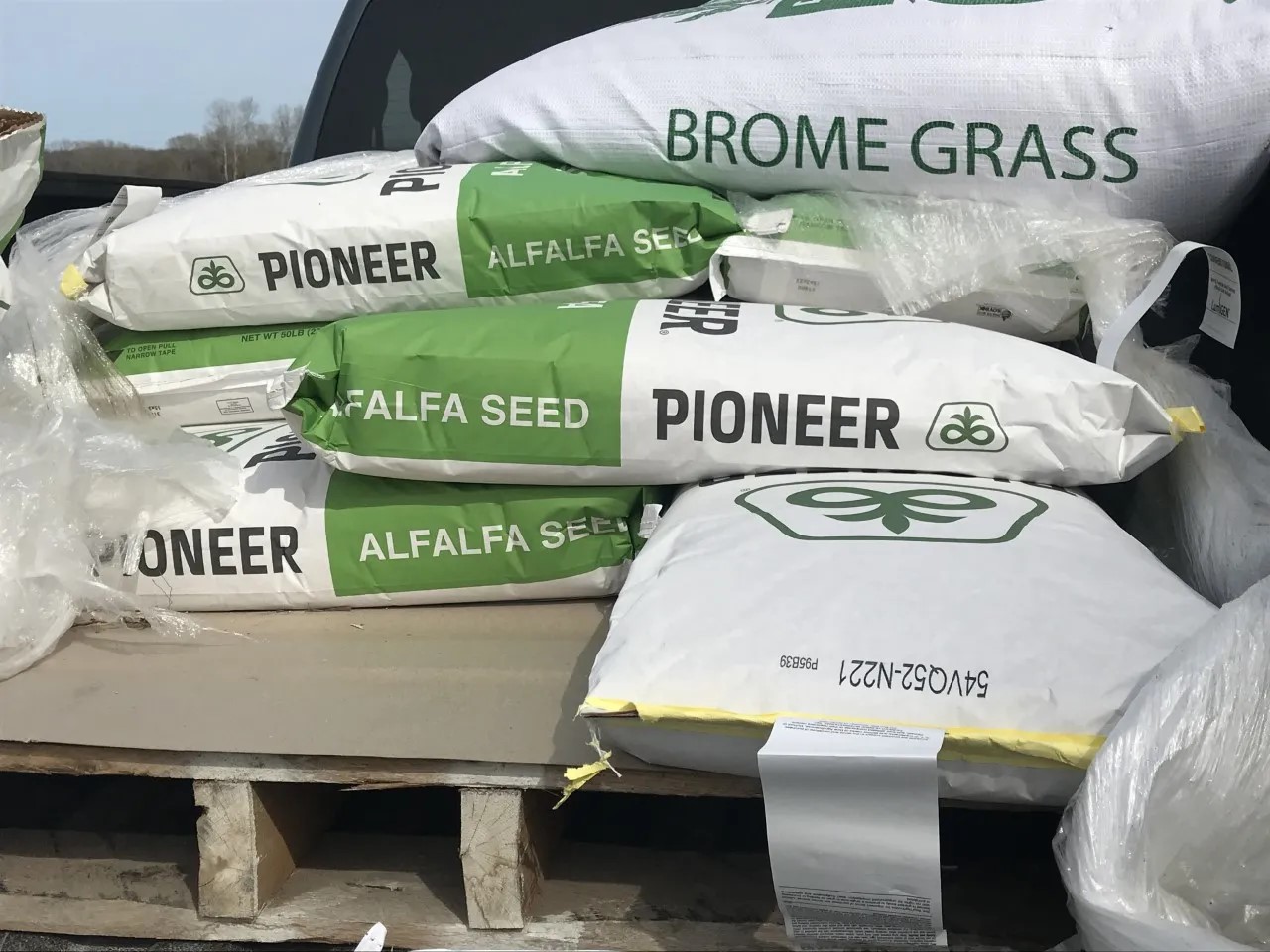

Garden Essentials
How Much Alfalfa Seed Per Acre
Modified: March 24, 2024
Learn how much alfalfa seed per acre is needed for your garden. Find the optimal planting rate and tips for successful alfalfa cultivation.
(Many of the links in this article redirect to a specific reviewed product. Your purchase of these products through affiliate links helps to generate commission for Storables.com, at no extra cost. Learn more)
Introduction
Welcome to our comprehensive guide on how much alfalfa seed you should use per acre. Whether you are an experienced farmer or just starting out in the world of agriculture, understanding the recommended seed rate is essential to achieve optimal growth and yield for your alfalfa crop.
Alfalfa, also known as lucerne, is a perennial legume that is widely grown for forage and hay production. It is highly valued for its high protein content and nutritional benefits, making it a popular choice for livestock feed. To ensure a successful alfalfa crop, it is crucial to determine the ideal seed rate based on various factors such as soil type, climate conditions, and intended use.
In this article, we will delve into the key factors that influence your alfalfa seed rate, provide recommendations for the ideal seed rate per acre, explain how to calculate the seed rate, and offer guidance on adjusting the seed rate based on specific conditions.
So, if you’re ready to dive into the world of alfalfa seed rates, let’s get started!
Key Takeaways:
- Planting alfalfa? Aim for 15-25 pounds of seed per acre. Adjust based on soil, climate, and intended use for a thriving crop.
- Calculate seed rate by considering desired plant density and seed germination. Adjust for factors like poor soil and heavy weed pressure for optimal growth.
Read more: How Much Clover Seed Per Acre
Factors Affecting Alfalfa Seed Rate
Several factors influence the recommended seed rate for alfalfa per acre. Understanding these factors is essential for determining the appropriate amount of seed needed to establish a productive and healthy alfalfa crop. Let’s explore the key factors below:
- Soil Type: The soil’s texture and fertility play a significant role in determining the seed rate. Sandy soils require a higher seed rate compared to loamy soils to ensure adequate coverage and establishment.
- Climate Conditions: The climate in your region affects the growth and development of alfalfa. In regions with colder climates or shorter growing seasons, a slightly higher seed rate may be required to compensate for potential winterkill or slower establishment.
- Intended Use: The purpose of growing alfalfa influences the seed rate. If you plan to use alfalfa for hay production, a higher seed rate may be necessary to achieve a dense stand, as hay requires more plant material. In contrast, a lower seed rate may suffice for grazing purposes.
- Seed Quality: The germination rate and purity of the seed also impact the seed rate. If you have high-quality seed with excellent germination rates, you may be able to lower the seed rate slightly, as more seeds will successfully establish.
- Previous Crop and Weed Pressure: The presence of weeds or previous crop residues can compete with young alfalfa seedlings. In areas with high weed pressure or significant residue, a higher seed rate is often recommended to ensure successful establishment and weed suppression.
- Seedbed Preparation: Proper seedbed preparation is crucial for achieving optimum seed-to-soil contact and ensuring uniform germination. Well-prepared and smooth seedbeds can allow for more precise seed distribution and potentially lower seed rates.
It is important to note that these factors are not mutually exclusive, and they often interact with each other. Therefore, it is crucial to consider all of these factors in conjunction when determining the appropriate seed rate for your alfalfa acreage.
Recommended Alfalfa Seed Rate per Acre
The recommended seed rate for alfalfa can vary depending on the factors mentioned earlier. However, as a general guideline, the standard seed rate for alfalfa is between 15 and 25 pounds per acre.
For new stands or fields with poor soil conditions or heavy weed pressure, a higher seed rate within this range may be necessary. On the other hand, well-prepared seedbeds with favorable conditions may allow for a lower seed rate within the range.
It is crucial to follow the specific guidelines provided by the seed supplier, as they often have valuable insights and recommendations based on their expertise and knowledge of the specific seed variety.
Additionally, when determining the seed rate, it is important to consider the purity and germination rate of the seed. Higher-quality seed with excellent germination rates may allow for a slightly lower seed rate compared to lower-quality seed.
Remember, the objective is to achieve a dense and healthy alfalfa stand that will provide optimal yield and quality forage. An adequate seed rate will ensure uniform plant density, better competition against weeds, and a higher chance of withstanding environmental stresses.
While the recommended seed rate range provides a starting point, it is always advisable to consult with local agricultural experts, extension services, or experienced farmers in your area for region-specific recommendations. They can provide valuable insights based on their experience with similar soil and climate conditions.
Now that we have covered the recommended alfalfa seed rate per acre let’s move on to understanding how to calculate the seed rate accurately.
For alfalfa, the recommended seeding rate is 15-20 pounds per acre for pure stands, or 8-12 pounds per acre when planting with a companion crop. Adjust based on local conditions and specific variety.
Calculating Alfalfa Seed Rate
Calculating the precise alfalfa seed rate is essential for achieving an optimal stand and maximizing your crop’s potential. To calculate the seed rate per acre, you will need to consider two main factors: the desired plant density and the germination rate of the seed.
Here’s a step-by-step guide to help you calculate the alfalfa seed rate:
- Determine the desired plant density: The plant density refers to the number of plants you want per square foot. This can vary depending on your specific needs, but a common density range is 25 to 30 plants per square foot for a thick and productive stand.
- Calculate the seeds per square foot: To determine the number of seeds required per square foot, divide the desired plant density by the estimated germination rate of the seed. For example, if you want 30 plants per square foot and the seed has a germination rate of 85%, divide 30 by 0.85 (or multiply by 1.18) to get approximately 35 seeds per square foot.
- Calculate the seeds per acre: To calculate the seed rate per acre, multiply the seeds per square foot by the number of square feet in an acre (43,560 square feet). Using the previous example, if there are 35 seeds per square foot, multiply 35 by 43,560 to get approximately 1.5 million seeds per acre.
- Adjust for purity: If the seed has impurities or inert matter, adjust the seed rate accordingly. For example, if the seed has a purity level of 95%, multiply the seeds per acre by 0.95 to get the adjusted seed rate.
It is important to note that these calculations provide a starting point, but other factors such as soil conditions, field history, and local recommendations may influence the final seed rate.
Always consider the specific guidelines provided by the seed supplier, as they may have additional recommendations or seed rate calculations based on the particular seed variety and their expertise.
By accurately calculating the alfalfa seed rate, you can ensure proper plant density and increase the chances of establishing a successful and productive alfalfa crop.
Next, let’s explore how to adjust the seed rate based on different conditions and factors.
Adjusting Seed Rate for Different Conditions
While there is a recommended seed rate range for alfalfa, it’s important to note that certain conditions and factors may require adjustments to achieve optimal plant density and stand establishment. Here are some scenarios where you may need to adjust the seed rate:
- Poor Soil Conditions: If you have poor soil conditions, such as sandy or low-fertility soil, increasing the seed rate can help compensate for lower germination rates and provide a denser stand.
- Heavy Weed Pressure: Fields that have a history of heavy weed pressure may require a higher seed rate to allow the alfalfa seedlings to compete effectively with weeds during establishment. A denser stand can help suppress weed growth and promote healthy alfalfa growth.
- Short Growing Season: If you are in a region with a shorter growing season or expect early frost, increasing the seed rate slightly can help offset any potential loss due to shorter growing periods or winterkill.
- Desired Harvest Method: If you plan to primarily harvest alfalfa as hay, a higher seed rate may be recommended to achieve a dense stand and produce ample yield. For grazing purposes, a lower seed rate may be sufficient, as grazing can tolerate slightly lower plant densities.
- Seed Quality: If you have high-quality seed with excellent germination rates, you may be able to slightly reduce the seed rate, as more seeds are expected to successfully establish. On the other hand, with lower-quality seed, increasing the seed rate can compensate for potential lower germination rates.
- Field History: Consider the history of the field, including disease or pest problems, when determining the seed rate. If the field has a history of issues, a higher seed rate may be advisable to establish a healthy and productive stand.
It’s essential to consult with local experts, extension services, or experienced farmers to gather region-specific knowledge and recommendations. They can provide valuable insights into factors that affect seed rate adjustments based on local conditions and practices.
By considering these factors and making appropriate adjustments to the seed rate, you can optimize the chances of successful establishment and ensure a productive and thriving alfalfa crop.
Now that we have covered the adjustments needed for different conditions, let’s summarize everything we’ve discussed.
Read more: How Much Sorghum Seed Per Acre
Conclusion
Determining the appropriate seed rate for your alfalfa crop is crucial for achieving a successful and productive stand. By considering various factors such as soil type, climate conditions, intended use, seed quality, previous crop and weed pressure, and seedbed preparation, you can make informed decisions about the seed rate per acre.
The recommended seed rate for alfalfa typically ranges between 15 and 25 pounds per acre. However, it’s essential to follow specific guidelines provided by the seed supplier and consult local experts for region-specific recommendations.
Calculating the seed rate involves determining the desired plant density and considering the germination rate of the seed. Adjustments may be necessary based on factors like poor soil conditions, heavy weed pressure, short growing seasons, desired harvest method, seed quality, and field history.
As with any agricultural practice, it’s important to stay informed and adapt to your unique conditions. Seek advice from agricultural experts, extension services, and experienced farmers to gather valuable insights and recommendations for your specific region and circumstances.
Remember that establishing a dense and healthy alfalfa stand sets the foundation for a productive crop and ensures a reliable source of high-quality forage for livestock feed.
We hope this comprehensive guide has provided valuable information and guidance on determining the appropriate alfalfa seed rate per acre. Happy planting and may your alfalfa crop flourish!
Frequently Asked Questions about How Much Alfalfa Seed Per Acre
Was this page helpful?
At Storables.com, we guarantee accurate and reliable information. Our content, validated by Expert Board Contributors, is crafted following stringent Editorial Policies. We're committed to providing you with well-researched, expert-backed insights for all your informational needs.
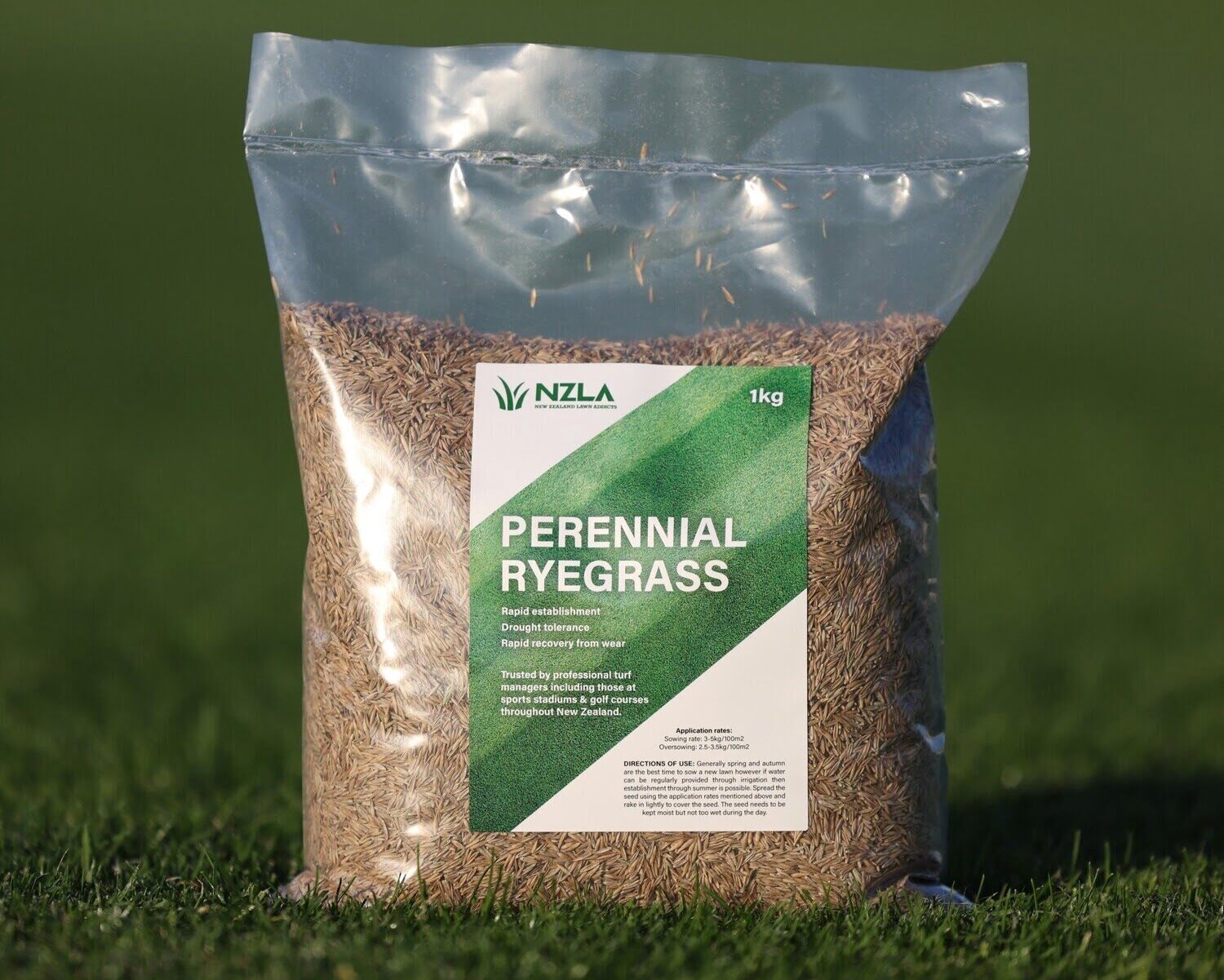
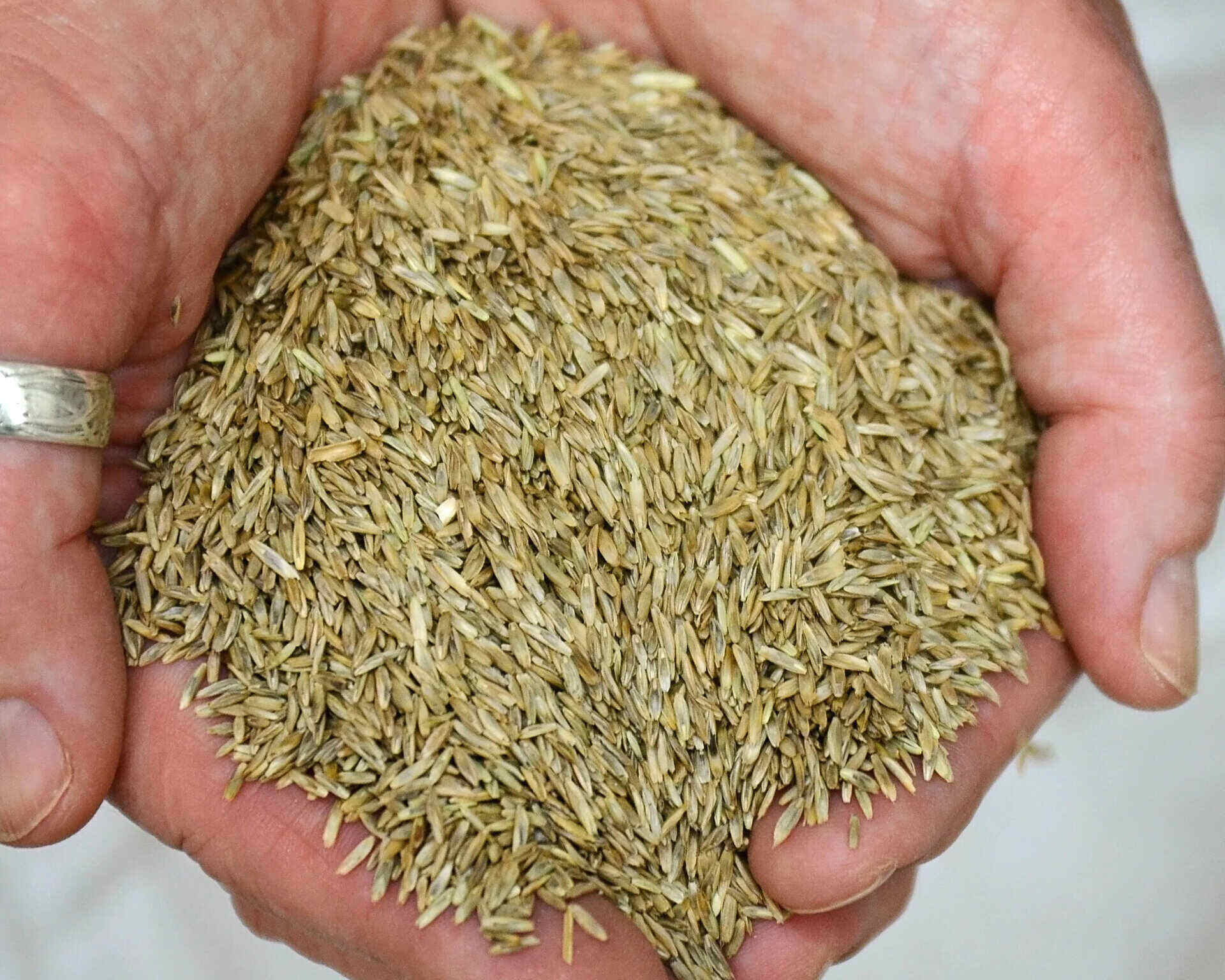
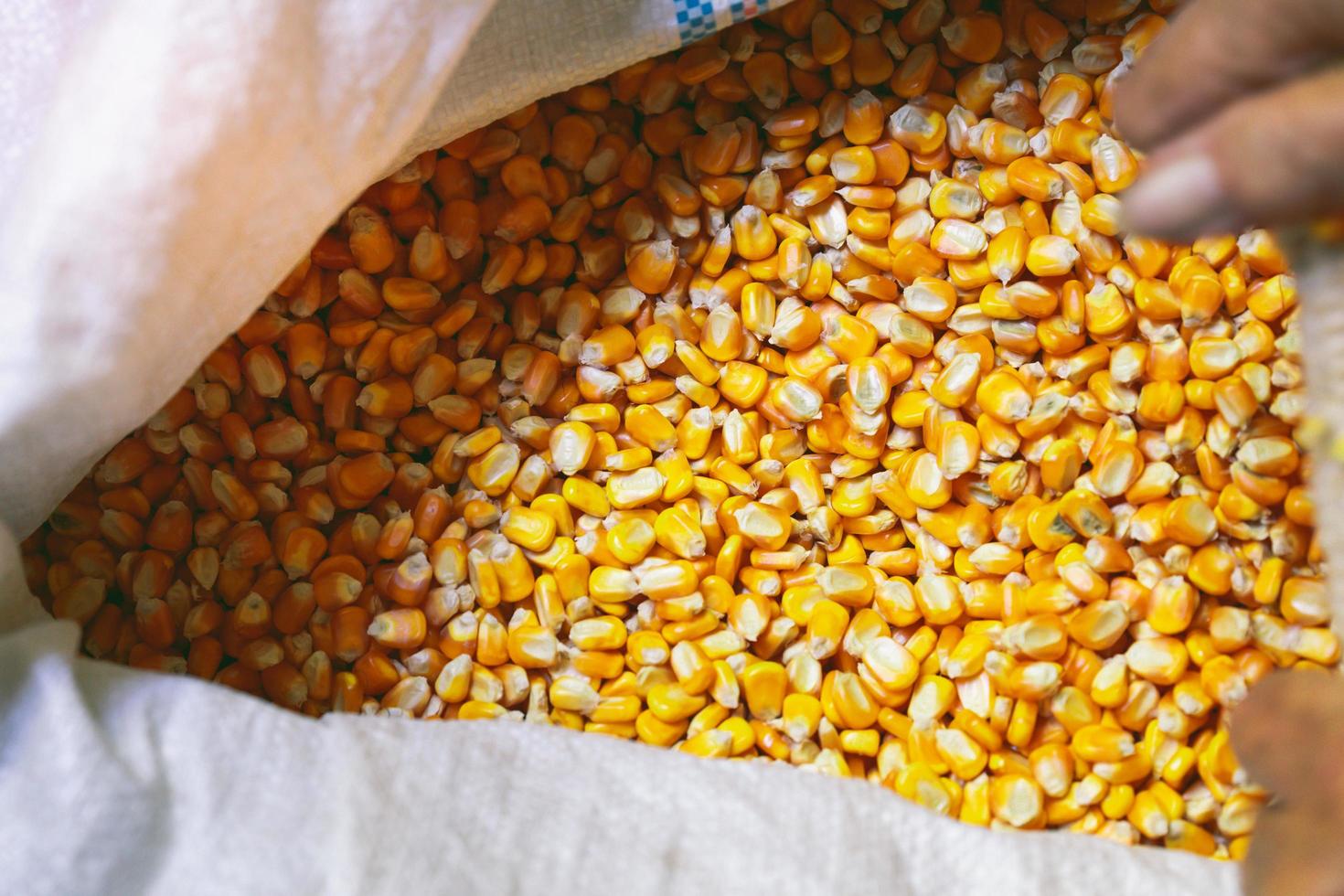
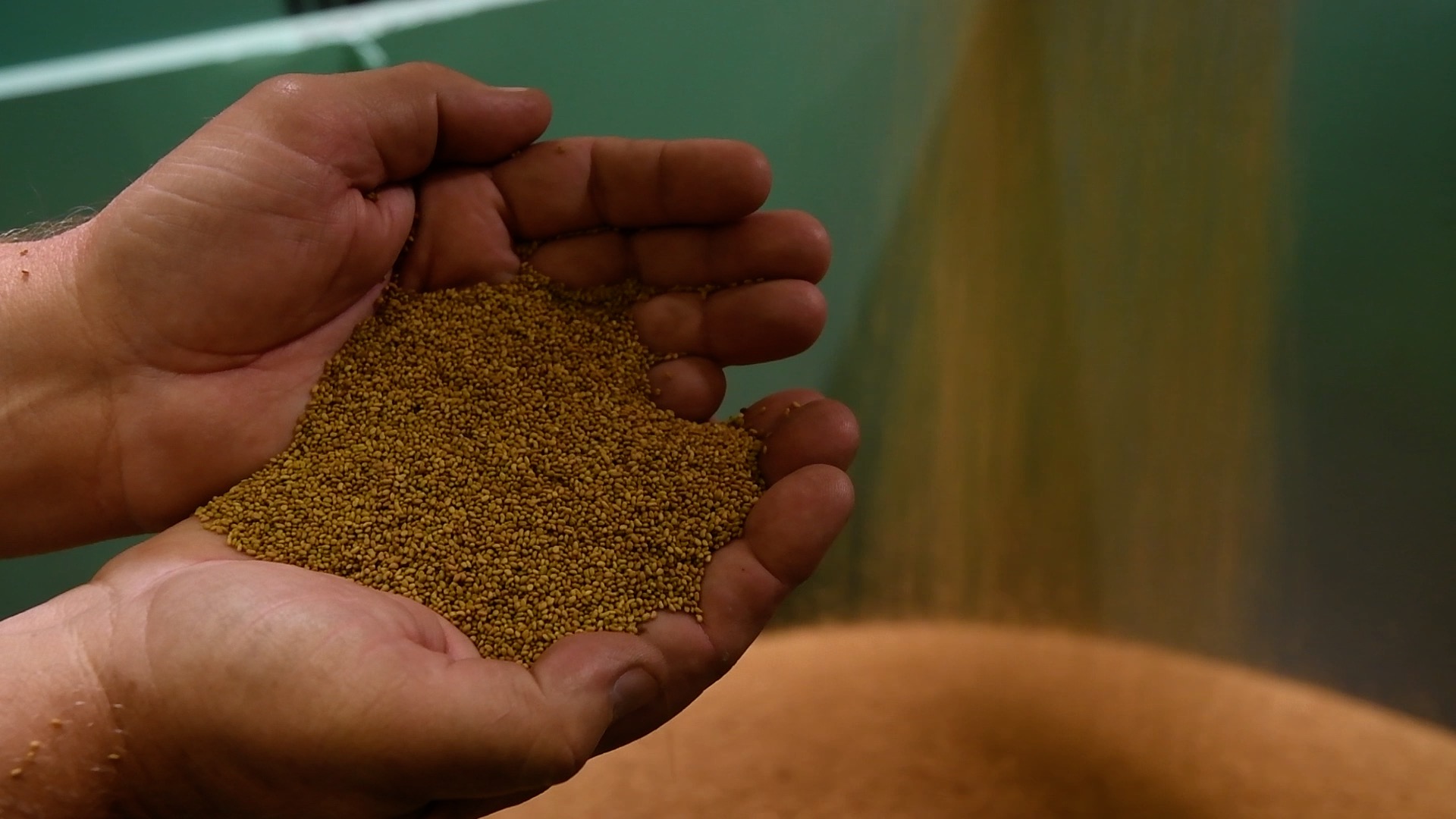
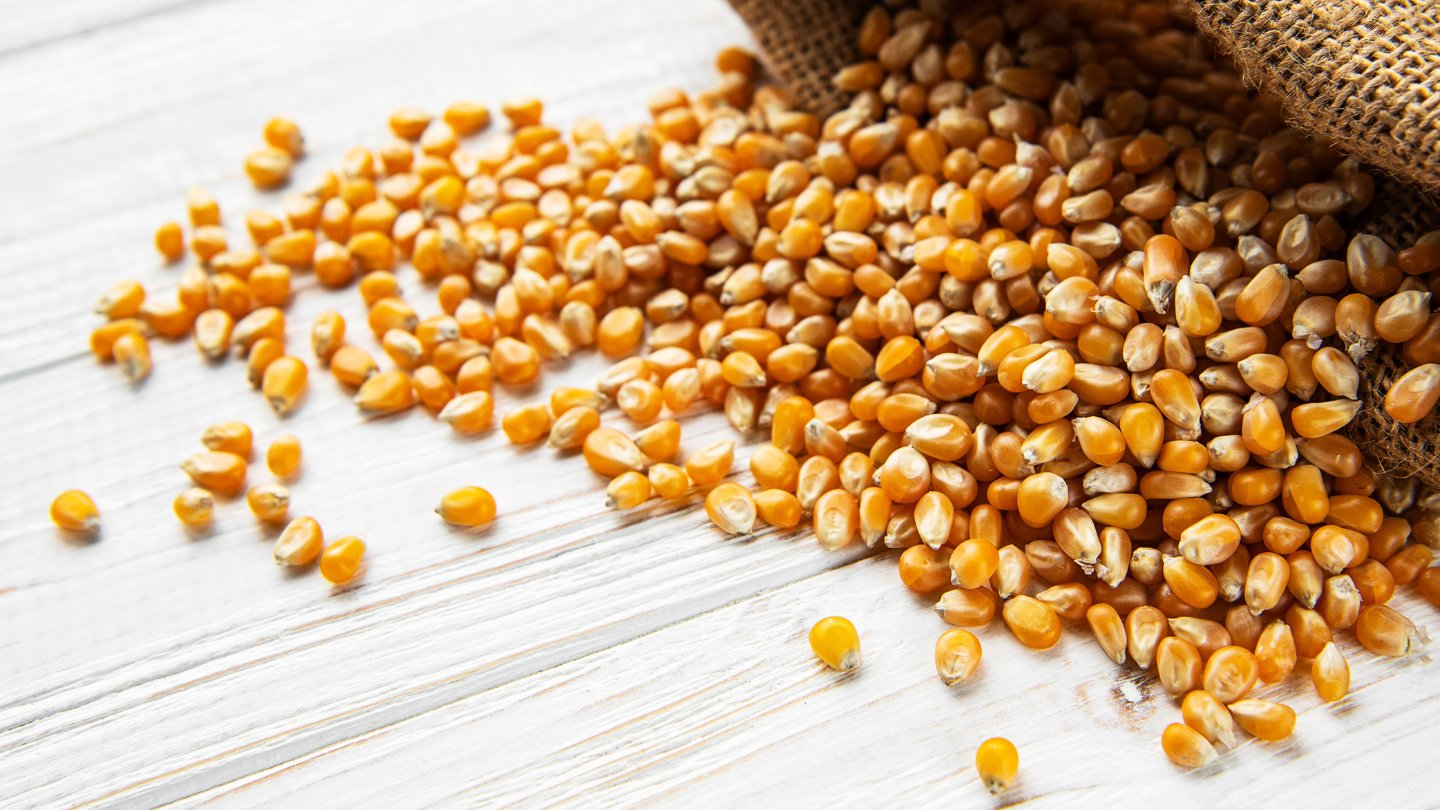
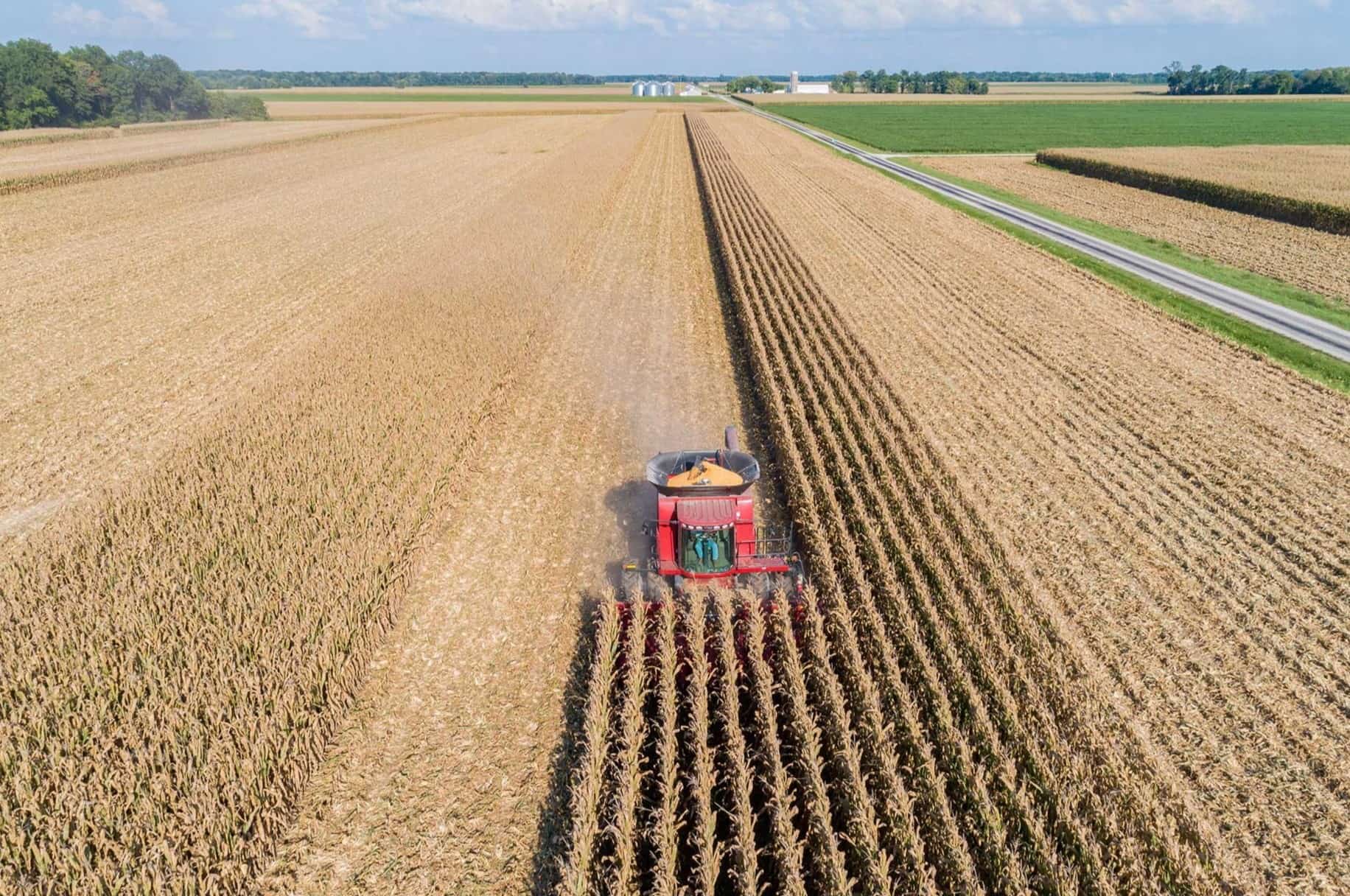
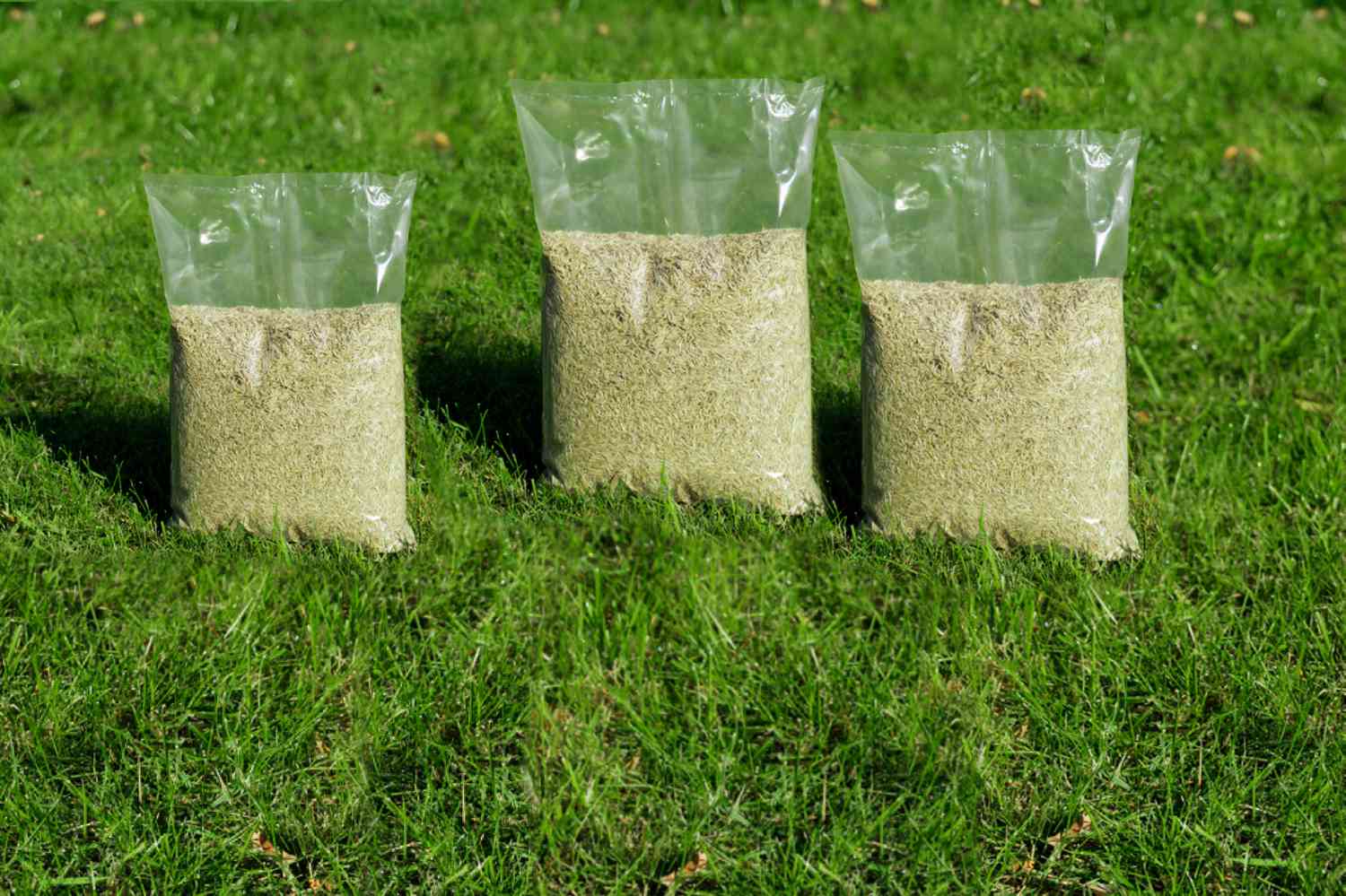
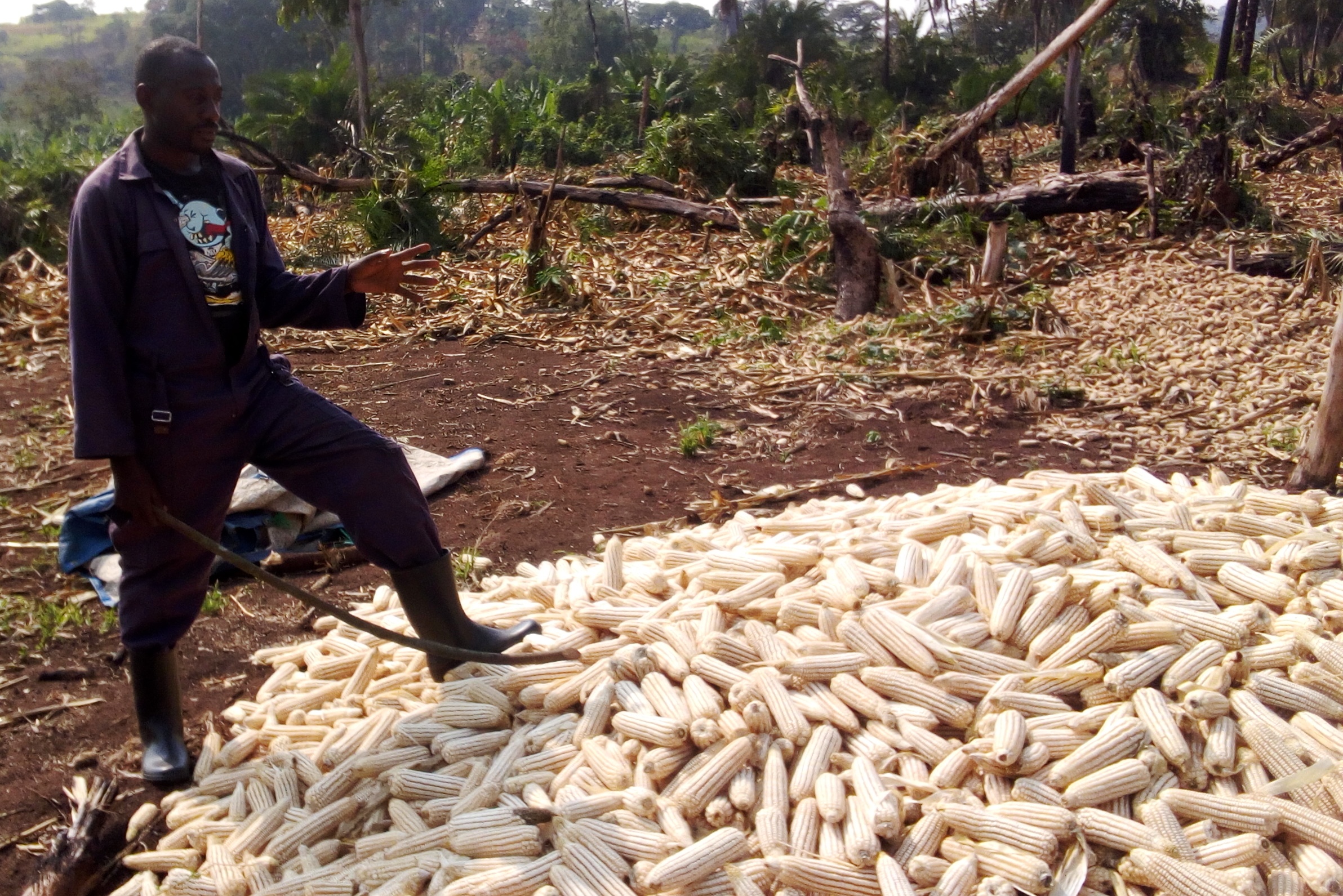
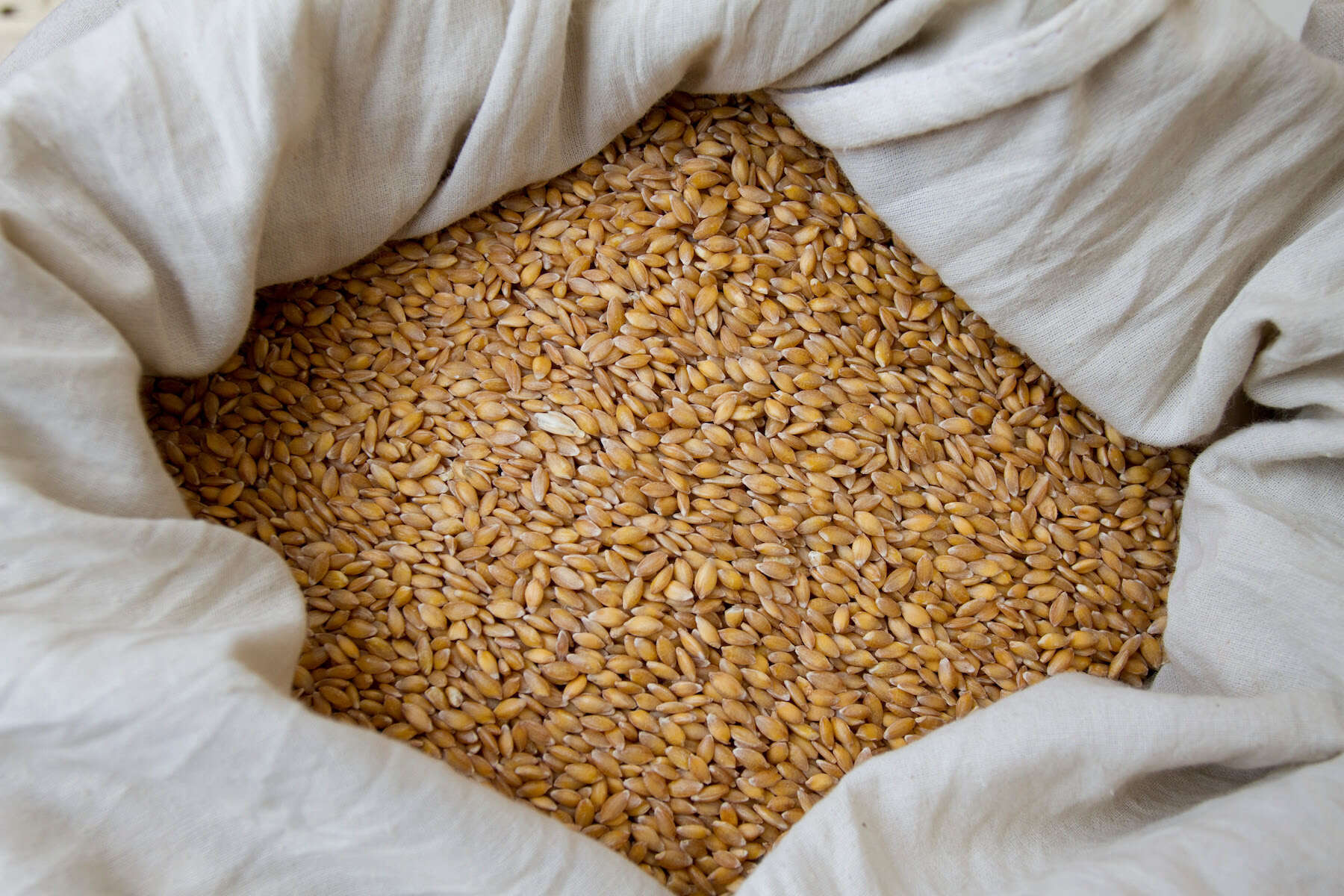

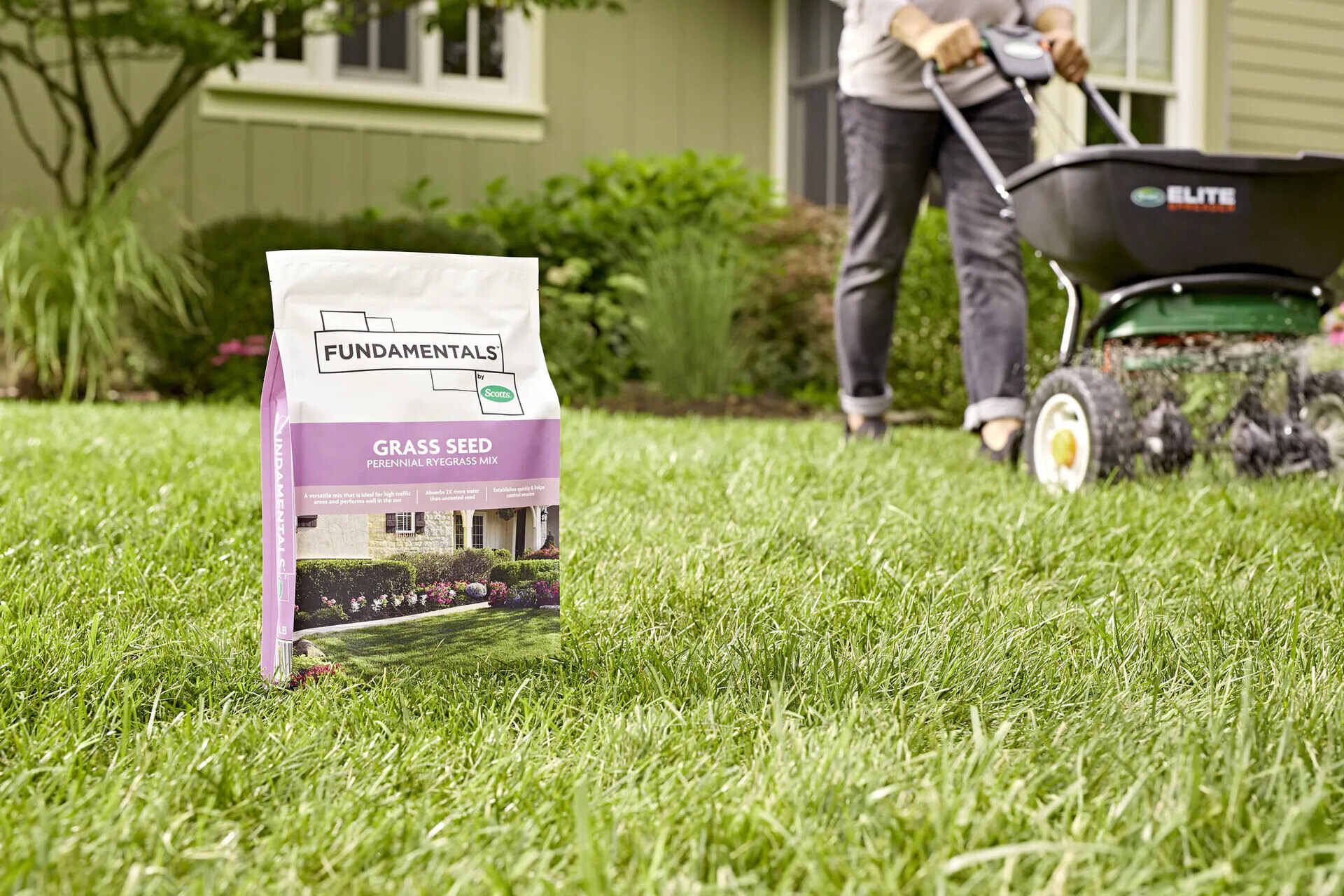
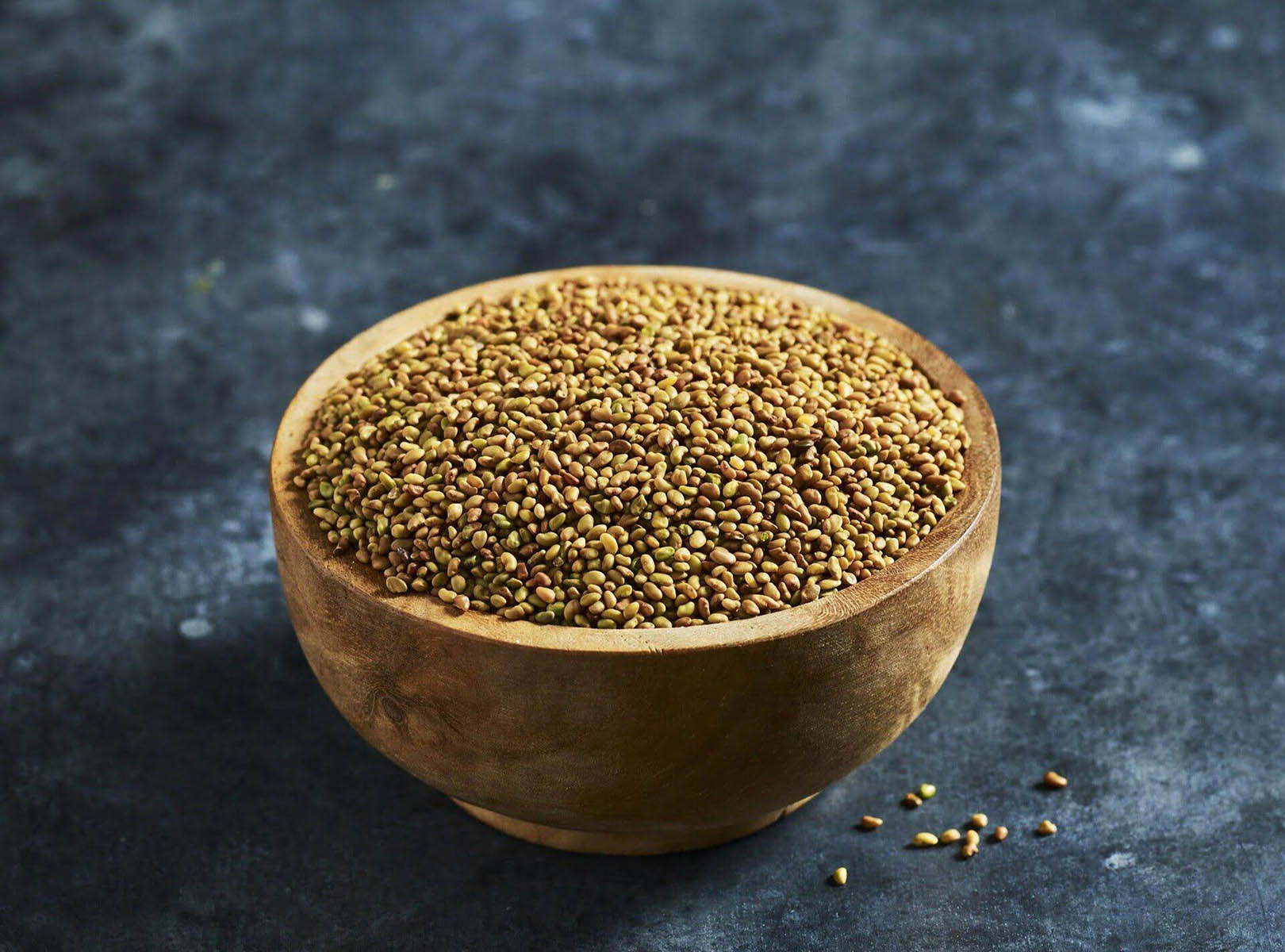
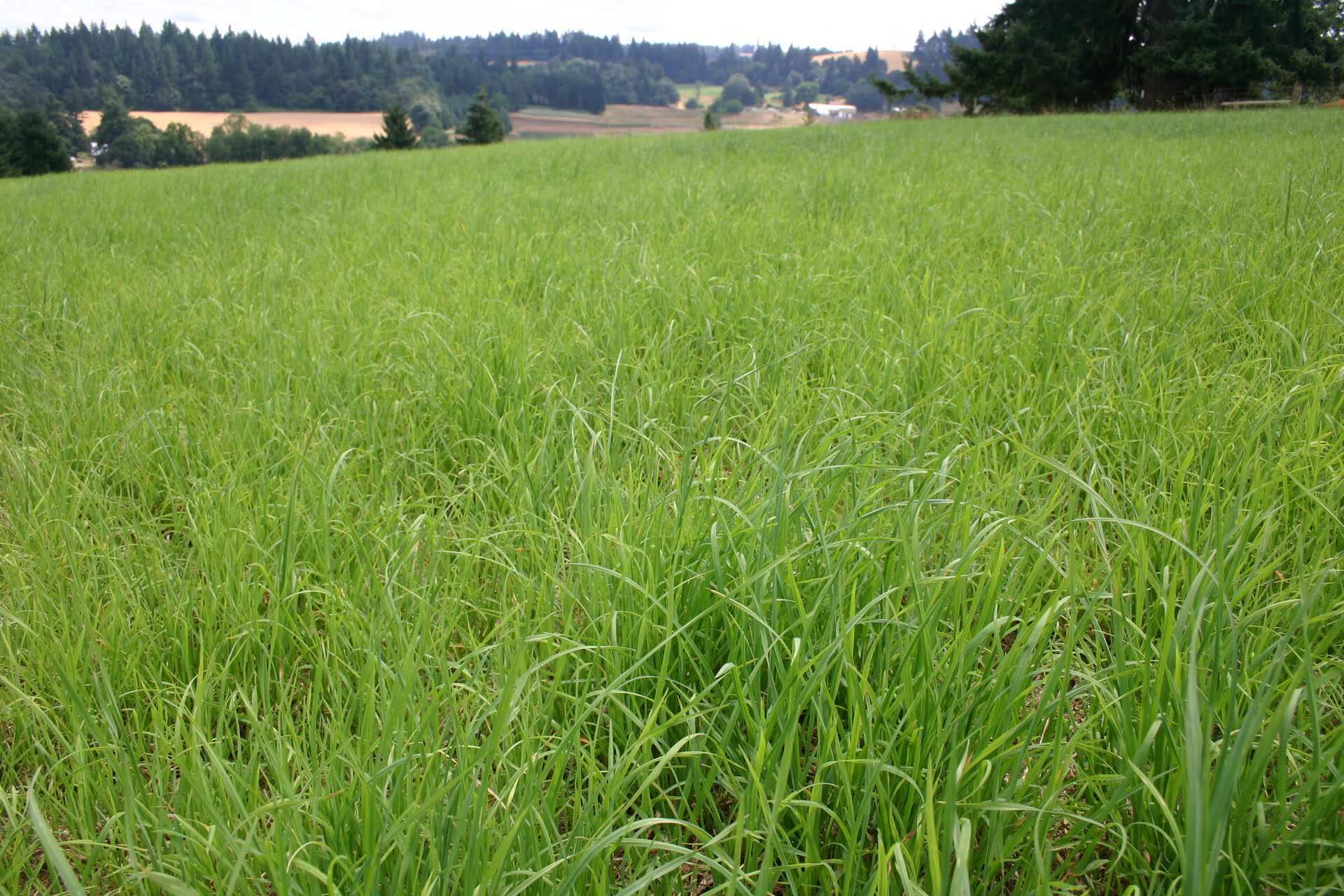
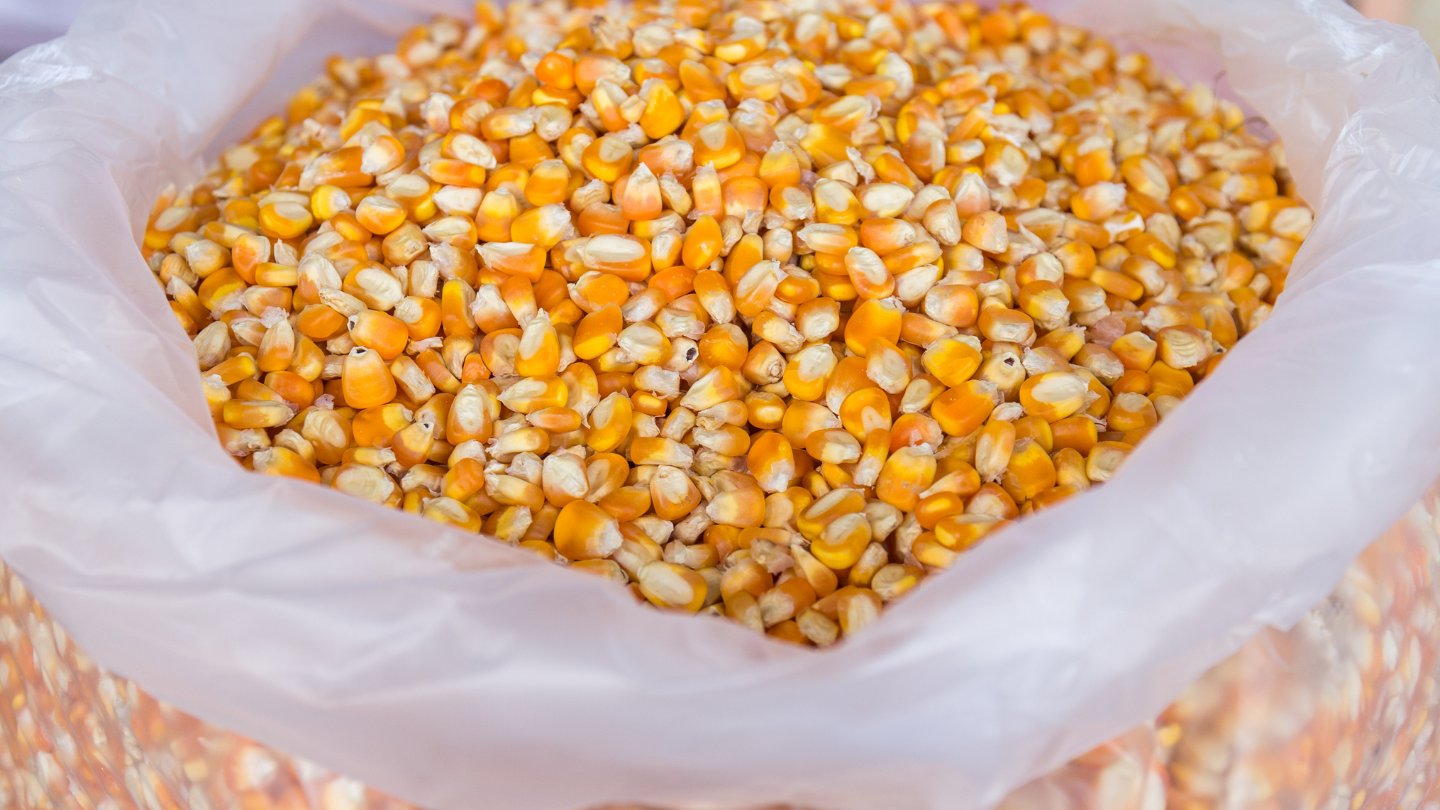

0 thoughts on “How Much Alfalfa Seed Per Acre”